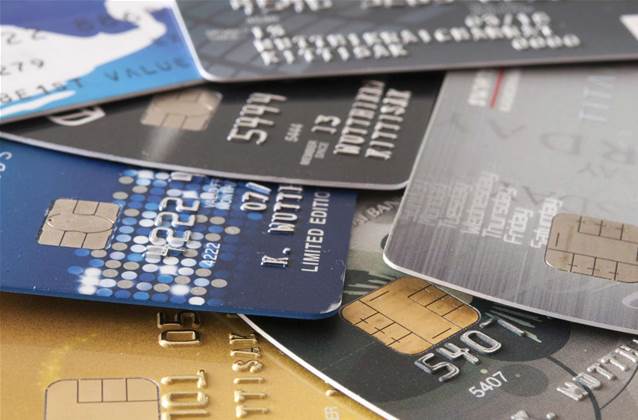Paywave and 'tap and go' payment technology is being exploited by crooks to commit card fraud, but authorities are divided as to the magnitude of the problem.

According to Victoria Police's latest crime statistics, deception crime has increased by 45 percent and is largely attributed to the stealing of credit cards in order to use tap and go functionality.
Deputy Commissioner Lucinda Nolan said residential burglaries and theft from motor cars were directly linked to the "emerging and ongoing trend".
But the report is puzzling for both NSW and Qld Police, which haven't identified the same correlation due to affected users more commonly reporting credit card fraud to their banking institution rather than police.
Contactless payment provides convenience for users and better protection against credit card skimming, and any unusual purchase activity is monitored by a bank's real-time fraud protection system.
In addition, chip technology stores information more securely than a magnetic strip, making it more difficult to copy a credit card's details.
But Brian Hay, a detective superintendent with the Queensland Police and head of the state's fraud and cyber crime group, said any card was vulnerable if it fell into the wrong hands.
"The chip does not encrypt the card number and expiry date which leaves cards available as a vehicle to identity theft," he said.
Hay told iTnews electronic pick pocketing and identity theft was on the rise, with a larger number of smaller sized transacations becoming more commonplace - which he attributed to criminals being encouraged by the common contactless payment maximum limit of $100 to commit a larger number of small transactions.
APCA fraud statistics reflect this trend - the number of transactions reported as "lost and stolen" credit card fraud, which would include contactless payment, has more than doubled in the past 12 months, while the average value of each transcation has reduced by about $50.
Alastair MacGibbon, Director of the Centre for Internet Safety at the University of Canberra and a former director of the high tech crime unit at the Australian Federal Police, said contactless payment still provided greater security than older forms of credit card payment.
“Credit card skimming has been a major issue of fraud. Contactless payment removes any physical contact with a device thus removing the opportunity to steal the data from the magnetic strip on the card. It is also more secure than signatures which can be forged or are often not checked," he said.
MacGibbon told iTnews the trade-off between risk and convenience leans in favour of convenience when considering that the majority of victims have their funds reimbursed by the banks.
He also emphasised the advantages of the payment system for police seeking to solve crimes.
“When you have cash stolen it is untraceable by the police. In the case of paywave or tap and go crimes a digital footprint is left which provides the police a trail of information to help them solve the crime,” MacGibbon said.
Both Visa and Mastercard have disputed the Victoria Police findings.
“Card fraud in Australia remains at low levels and there has been no increase in the rate of fraud as a result of the introduction of contactless payments technology,” a spokesperson for Visa said in a statement.
When VicPol's Commissioner Nolan was asked what she felt the policy should be on ‘tap and go’, she said any business model needed to take into account "crime prevention aspects that leave victims vulnerable".
Consumer advice
Both Hay and MacGibbon advised consumers to keep their card in sight, shield their PIN from others and monitor accounts for fraudulent transactions of small values.
A spokesperson from NSW Police said the force encouraged anyone who has had any theft or fraud to report it to the police "so the police have a sound idea of how many cases of credit card fraud are actually taking place".


_(22).jpg&h=140&w=231&c=1&s=0)
_(20).jpg&h=140&w=231&c=1&s=0)
.png&h=140&w=231&c=1&s=0)




_(26).jpg&w=100&c=1&s=0)

 iTnews Executive Retreat - Security Leaders Edition
iTnews Executive Retreat - Security Leaders Edition












_(1).jpg&h=140&w=231&c=1&s=0)



